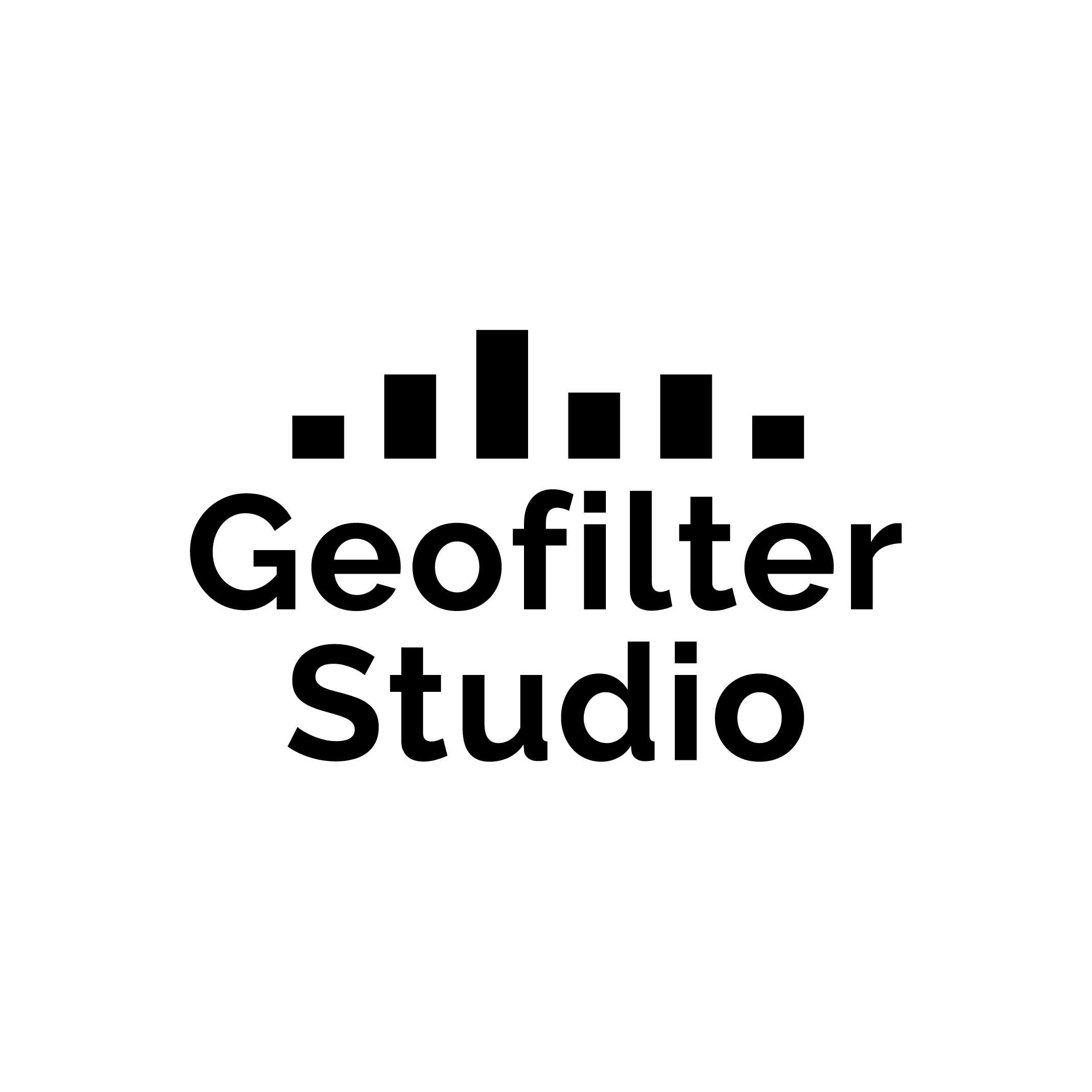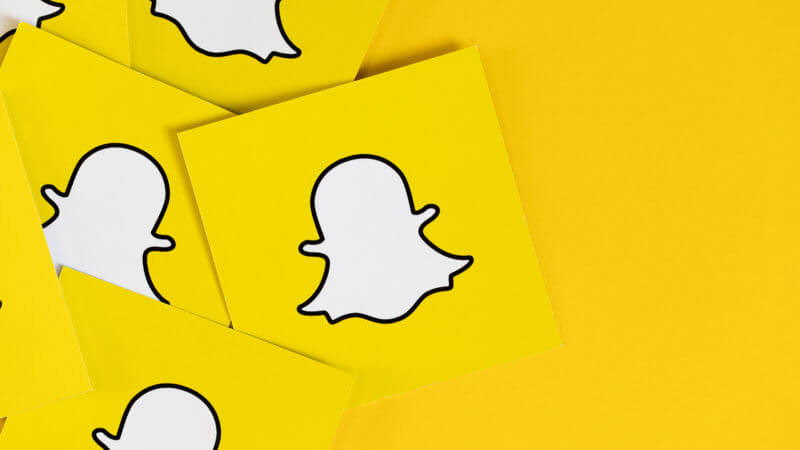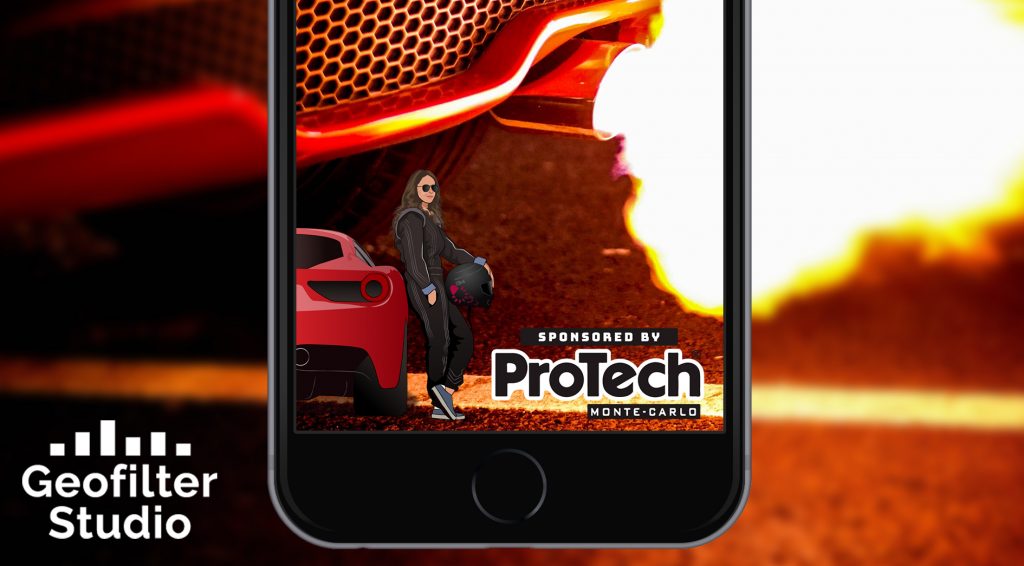Here at Geofilter Studio, we’ve created thousands of Geofilters for businesses looking to promote their product, service, or event. However, the Snapchat Geofilter platform didn’t come without its limitations, which would occasionally get in the way of how businesses wanted to use their service. One request we would see when setting up a company’s Geofilter was “Can we have the filter cover the entire city”? Unfortunately, Snapchat’s Geofilter platform was built in a way that discourages this type of marketing. Perhaps they were worried about the sheer volume of businesses that would take advantage of this opportunity, and that Snapchat users would be constantly bombarded with Sponsored Geofilters. Therefore, the platform was built to deter this behavior, by not only physically restricting the maximum size of area you can make a Geofilter active over (50 million square feet), but also by making this undertaking very cost prohibitive. When we received these requests, we advised our clients to undertake a more focused Geofilter campaign that would more effectively use their budget. That was, until, Audience Filters became a reality.

For those of you who aren’t as familiar with Snapchat’s vocabulary, Audience Filters are similar to Geofilters in that they are a static image overlay that users can apply to their Snaps. They differ in that they are not tied to a geographic location in the same way that a traditional Geofilter is. Instead of mapping out a specific area, Audience Filters allow you to pick larger areas such as cities, states, or even whole countries to advertise your Snapchat filter over. Audience Filters also differ in how brands can target a predetermined demographic profile instead of serving their Geofilter to every single Snapchat user in the area. Lastly, instead of paying a one-time fee to have your Geofilter live for a specific timeframe, Audience Filters use a daily budget, which is used up as people interact with it and send the filter to their network. Below, I’ll outline some of the advantages and disadvantages of using an Audience Filter, so you can know if an Audience Filter is the best way to go for your next Snapchat campaign.
The Benefits of a Larger, Targeted Reach
The most apparent benefit of using an Audience Filter is no longer being restricted to the cost prohibitive size restrictions that Geofilters possessed. Instead of being charged $200 to cover a downtown city block for 6 hours, you can set your Audience Filter daily budget at $50 (the daily minimum) and serve it to the entire city. Of course, the larger the area you target, the more your daily budget will be spread thin.
While the Audience Filter won’t appear in the Snapchat app of most users in that area, it will appear for those who are determined to fall into the predetermined demographics and psychographics that are chosen when setting up the campaign. These can include age, gender, lifestyle, hobbies, mobile device type, etc.

This is meant to improve the chances that your Audience Filter will be viewed by someone who is interested in your product or service who will then send it to their friends. Overall, you get to hit a larger geographic spread of users, and drastically increase the targeting capabilities of your ad. But what are the downsides to this feature?
The Problem of Keeping your Message Relevant
The first issue with Audience Filters is similar to one of the benefits, in that you don’t control who the filter gets served to. This means that a business looking use their Audience Filter can’t guarantee that it will appear on their device. Audience Filters should not be used if a business is looking to use their own filter on a continual basis. The main challenge of using Audience Filters, however, is finding a way to get your Audience Filter used even though that Snapchat user isn’t interacting with your business at that time. The most important aspect to consider when setting up an Audience Filter is messaging, and how your Audience Filter will stay relevant enough to that user that they will want to share it. One popular technique to counter this is to make your Audience Filter own a specific “moment”. For example, consider a food delivery company looking to advertise using Audience Filters. In this situation, they could set up their filter to run over high density city centers during dinner hours. That way, even though the customer may not be interacting with that business currently, the filter is still relevant to the moment they are experiencing.
Audience Filters present plenty of new opportunities for businesses to utilize Snapchat to advance their marketing efforts. With these new features, it is more important than ever to ensure that the benefits and challenges of the option you decide to use to advertise your business is consistent with the goals of your campaign. Let us know how you’re looking to use Snapchat to advertise your business, and our dedicated Account Managers will take care of the rest.
Tom, Manager of Corporate Relations
Sources:
http://videoadvertisingnews.com/wp-content/uploads/2017/01/Optimization-Tips1.jpg
https://ak4.picdn.net/shutterstock/videos/7772524/thumb/1.jpg
https://marketingland.com/snapchat-sells-new-audience-targeted-filters-revamped-self-serve-tool-228431




Leave a comment
All comments are moderated before being published.
This site is protected by hCaptcha and the hCaptcha Privacy Policy and Terms of Service apply.